Doctor Strange: Multiverse of Madness review
“Doctor Strange in the Multiverse of Madness” is part of Phase Four of the Marvel Cinematic Universe (MCU), where screenwriter Michael Waldron and director Sam Raimi have now taken on the task of balancing the multiverse. So, where should I begin?
In “Multiverse of Madness,” Strange has become the master of metaphysical arts and is now able to alter realities in the multiverse. He crosses paths with the powerful Wanda Maximoff, also known as the Scarlet Witch, his close companion, the Sorcerer Supreme Wong and Christine Palmer, as well as others.
Now, what is the significance of these characters specifically, and how do they connect the dots to where we are currently in the multiverse? To help, I recommend watching a couple of episodes from Marvel Studios’ “What If…?” series. Watching these six movies, two series, and two episodes will help quite a bit. The last section is optional, but it will help with the easter eggs and cameos in “Multiverse of Madness” Binge-watching “WandaVision” on Disney+ is a must if you want a better understanding of Wanda Maximoff becoming the Scarlet Witch. “Doctor Strange” isn’t strictly necessary because you can piece together his story at the beginning of the new film. However, since we are short on time, let me fill in some of the blanks.
Marvel Studios released the Disney+ series “WandaVision,” starring Wanda Maximoff. This series was a fictional depiction of the life of Wanda with the love of her life, Vision, and their twin, prior to the threat of Thanos. The series ends with Wanda seeking knowledge of her new powers via the Darkhold, or the Book of the Damned, which reveals her true destiny as the Scarlet Witch, as she hears the voices of her twins calling out for her in the astral plane.
Then you have the main characters, Doctor Strange and Wong, whose last appearances took place in “Spider-Man: No Way Home,” where Peter Parker asks them for help after Spider-Man’s identity is revealed. While helping Parker, Strange’s spell went wrong, causing him to summon beings from other realities into his own inadvertently. It’s essential to see “Spider-Man: No Way Home” because the saga continues into “Multiverse of Madness.”
In my opinion, Raimi is the creative genius behind this film. Doctor Strange and Scarlet Witch together on-screen is a dynamic duo of mystical power with nonstop thrills. As a true MCU fan, I can genuinely say that I’m not disappointed with the interchangeable cameos and easter eggs. The fighting was phenomenal, considering they are leaning more toward the invisible style hiding the transitions and making the edit cuts more seamless than their usual scruffles.
Still, is this the type of film that will convert those who are not already on the MCU bandwagon? Probably not. Why? For starters, I would have to say that in some parts of the film, the CGI (computer-generated imagery) was inadequate, and the dialogue didn’t quite hit the mark when it came to moving the plot along. This leaves the audience split depending on their perspective — are you watching it as a sequel to “Doctor Strange,” or as a Wanda movie? As sequels go, it’s good enough, but as a Wanda movie, it was a bull’s-eye.
How can that be, you might ask? Wanda is still dealing with the fallout of losing her family; meanwhile, Strange is coping with having to be the only go-to left since Tony Stark (Iron Man) is gone. Wong continues to be the best in the sanctum. It was great to see many of the other warriors highlighted more, specifically newcomer America Chavez who ends up being Strange’s sidekick since her power is her star portals, which are self-generating and allow her to travel through the multiverse.
The film has some dynamic sequences, even though I’m still a fan of the inverse style in the first movie. I’m all for consistency, but not at the cost of the storyline. I understand why Marvel used the writers from “Loki.” However, when dealing with some of the complex and mind-bending concepts in the MCU, the dialogue still falls short. You fall into the trap of making many of the characters’ problems seem trivial — an issue that could have been addressed with better writing. It’s still Marvel, and they will continue to use the Marvel Method, which involves the writers delivering a general plot. These general plots can be all over the place in terms of detail.
If you have a proper understanding of the artistry of Raimi, then you’ll love it.
Overall, “Doctor Strange in the Multiverse of Madness” finally feels like the actual start to the next phase in the MCU, making this film essential for the fans to consume. If I had to rate this, I would give it three out of five stars, only because of the lackluster writing between the Wanda scenes and unaddressed cliffhangers left over from “Doctor Strange.



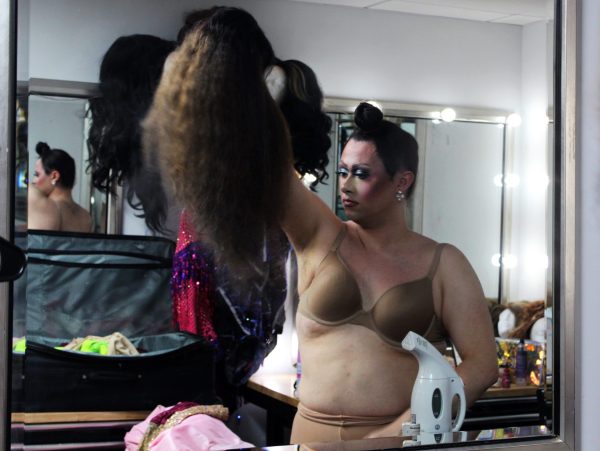


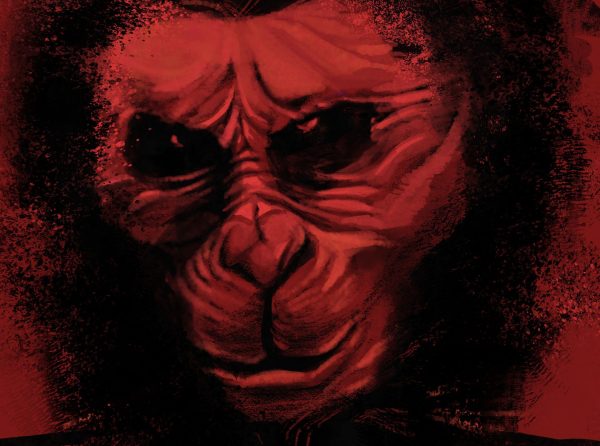

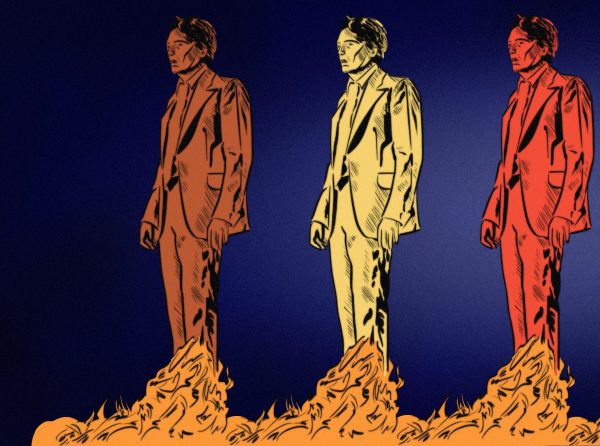

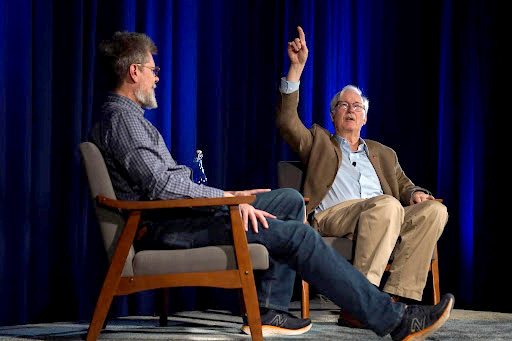
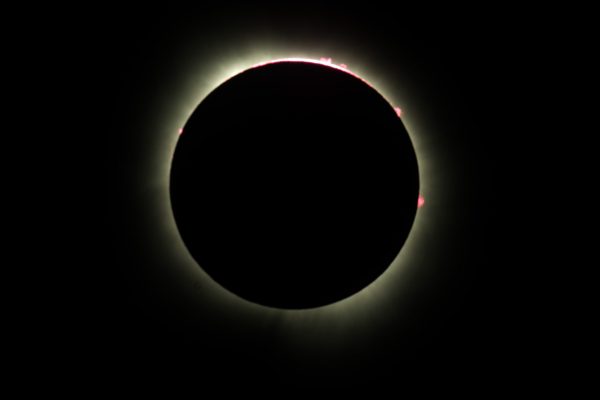



Mark Damon • May 16, 2022 at 9:01 am
The movie should have been called WORLD WAR WANDA and Her Mulitverse of Madness. The Hulk and Thor are far more powerful than The Scarlet Witch in the Comics, but hey, watch out, Marvel’s PC Patrol are going to change Stan Lee’s creations the way they see fit. This movie was entertaining but very inconsistent. Thanos, a cosmic character, could not move Captain Marvel in Endgame with a headbutt, but a statue falling on her defeats her in Dr. Strange. That’s stupid and shows poor writing and poor direction. I believe they ripped off parts of The Brilliant World War Hulk Story, minus The Hulk, and stole a scene from The Twilight Zone Movie, in regards to Black Bolt. All Marvel is doing is diminishing and weakening Marvel’s mainline characters, while riding the PC train.